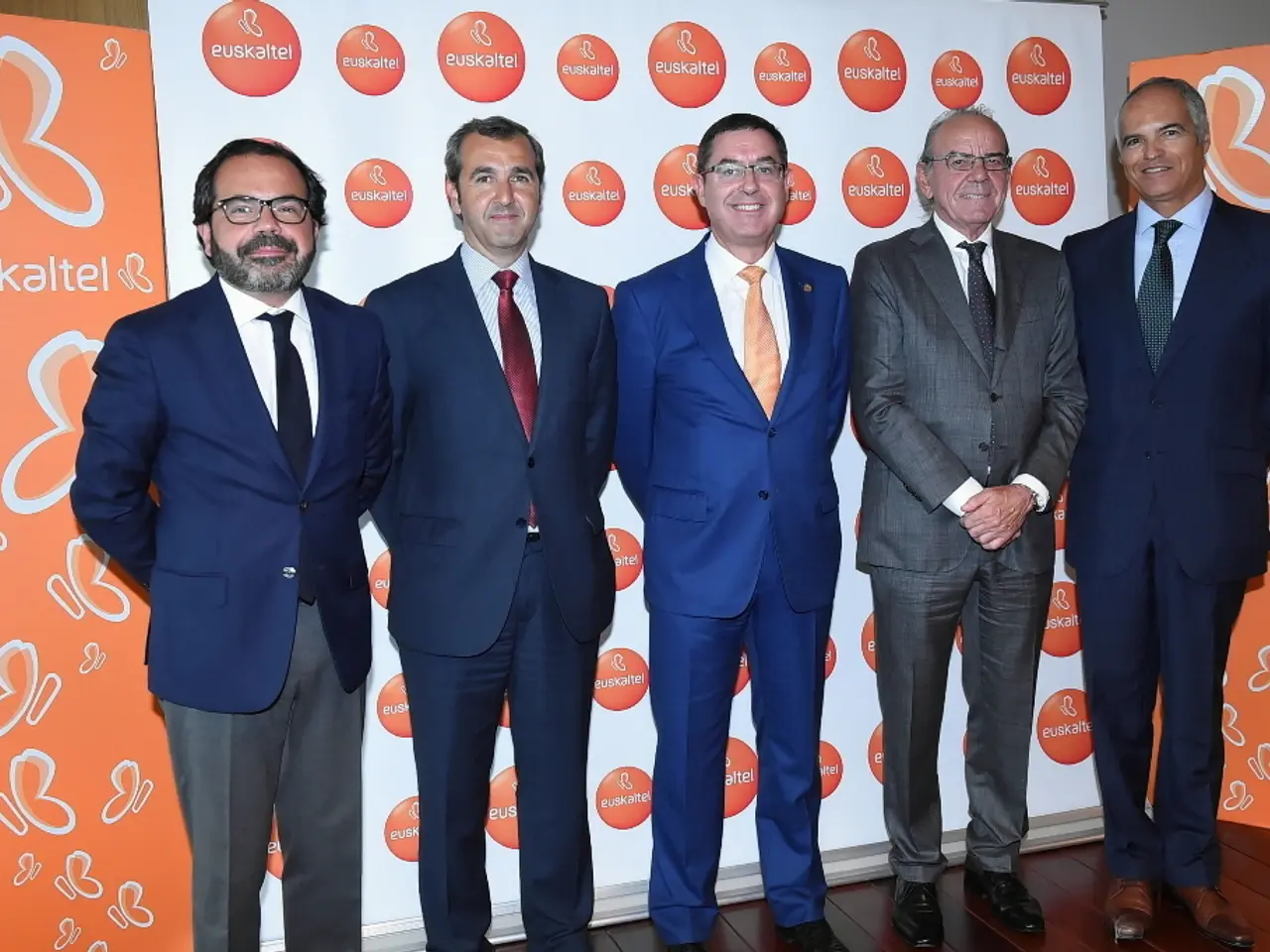Elimination of Tax Credits and Implications for the Electric Vehicle Industry Explained
In the rapidly evolving transportation industry, companies like Volkswagen, Nissan, and UPS are adapting to meet the challenges posed by technological advancements, regulatory changes, workforce shortages, and supply chain volatility.
**Electrification and Environmental Regulations**
Both Volkswagen and Nissan, major automotive manufacturers, are under pressure to reduce emissions and adopt cleaner technologies. Regulatory bodies such as the U.S. EPA and California's Advanced Clean Truck rule are driving the shift towards battery electric vehicles (BEVs) and, in some cases, hydrogen fuel cell vehicles (FCVs). In response, both companies are investing heavily in EV production to comply with these standards and remain competitive.
UPS, a logistics and delivery giant, is expanding its electrified fleet to meet both environmental commitments and last-mile delivery optimization. Electrification is particularly important for urban logistics and last-mile services, where UPS is also piloting new solutions such as drones and delivery robots.
**Autonomous and Connected Technology**
The adoption of advanced driver-assistance systems (ADAS) and semi-autonomous features is increasing efficiency and safety in logistics and transportation. For trucking fleets, these technologies help compensate for driver shortages and optimize route planning. Fully autonomous vehicles are still in development, but pilot programs and semi-autonomous systems are becoming more widespread. UPS is testing autonomous technology for platooning, which improves fuel efficiency and safety.
**Workforce Challenges and Labor Shortages**
The logistics sector, including UPS, is experiencing persistent driver shortages, leading to increased costs and operational pressures. To address this, UPS is investing in technology, better working conditions, and advanced training to attract and retain new drivers. For Volkswagen and Nissan, while their core operations focus on manufacturing, supply chain disruptions and labor shortages in logistics affect their ability to deliver vehicles efficiently.
**Supply Chain Volatility and Market Disruption**
High vehicle prices, fluctuating incentives, and competition from Chinese EV imports are changing the competitive landscape for Volkswagen and Nissan. Supply chain bottlenecks, such as semiconductor shortages and logistic congestion, are delaying production and deliveries, increasing costs, and complicating inventory management. As a logistics provider, UPS is directly affected by global supply chain disruptions, requiring flexible routing and increased use of technology to maintain service levels.
In conclusion, major transportation companies are adapting by investing in electrification, autonomous technology, and workforce development while navigating regulatory challenges and persistent supply chain disruptions. These trends are reshaping business models and driving innovation across the sector.
*Note: This article does not contain the following information from the bullet points: UPS's plans to offer buyouts to Teamsters drivers, XPO's service centers, the lifetime CDL ban for truckers with smuggling convictions, or any crude oil-related information.*
- In the realm of finance, attention has been drawn towards the investments made by automotive manufacturers, such as Volkswagen and Nissan, in electrified vehicle production, as they seek to comply with environmental regulations and stay competitive.
- On the other hand, UPS, a key player in the transportation industry, is utilizing its financial resources to expand the electrification of its fleet, an approach that addresses environmental concerns and facilitates last-mile delivery optimization—particularly in urban areas where the company is testing novel solutions like drones and delivery robots.




